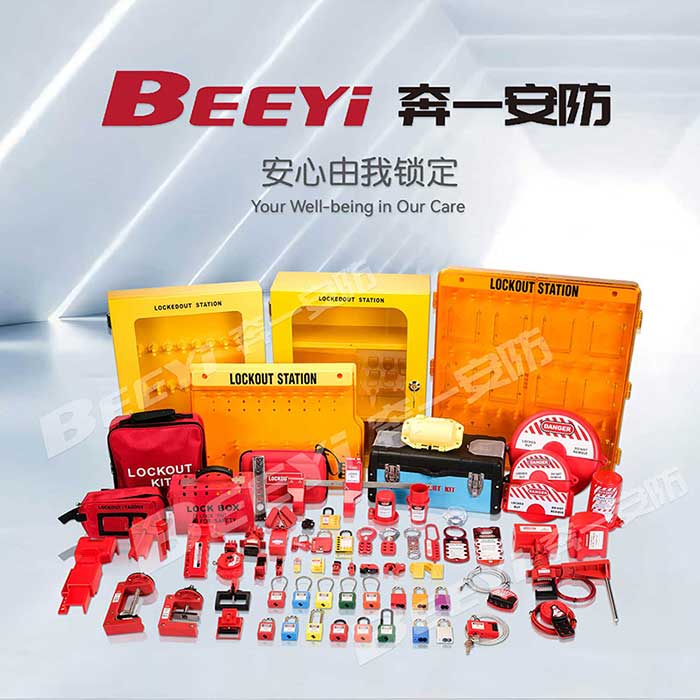understanding valve lockout devices: ensuring safety in industrial settings
Release time:2025-10-22 22:34:38
In industrial environments, safety is of paramount importance. One critical aspect of ensuring safety is the effective management of hazardous energy sources. Among the tools that facilitate this process, the valve lockout device plays a significant role. These devices are designed to prevent accidental operation of valves while maintenance, repairs, or inspections are being conducted. This article delves into the importance, functionality, types, and implementation of valve lockout devices.

The Importance of Valve Lockout Devices
Valve lockout devices are an essential component of lockout/tagout (LOTO) procedures mandated by safety regulations such as those set forth by the Occupational Safety and Health Administration (OSHA) in the United States. These procedures are designed to protect workers from the unexpected release of energy during maintenance activities. The use of valve lockout devices mitigates risks associated with working on pressurized systems, potentially hazardous piping, and equipment by ensuring that valves remain locked in a particular position.
When a valve is locked out, it cannot be accidentally opened, thereby preventing leaks of hazardous materials, exposure to dangerous gases, or even potential explosions in extreme cases. Such incidents not only jeopardize employee safety but can also result in equipment damage, environmental contamination, and costly downtime for businesses.

